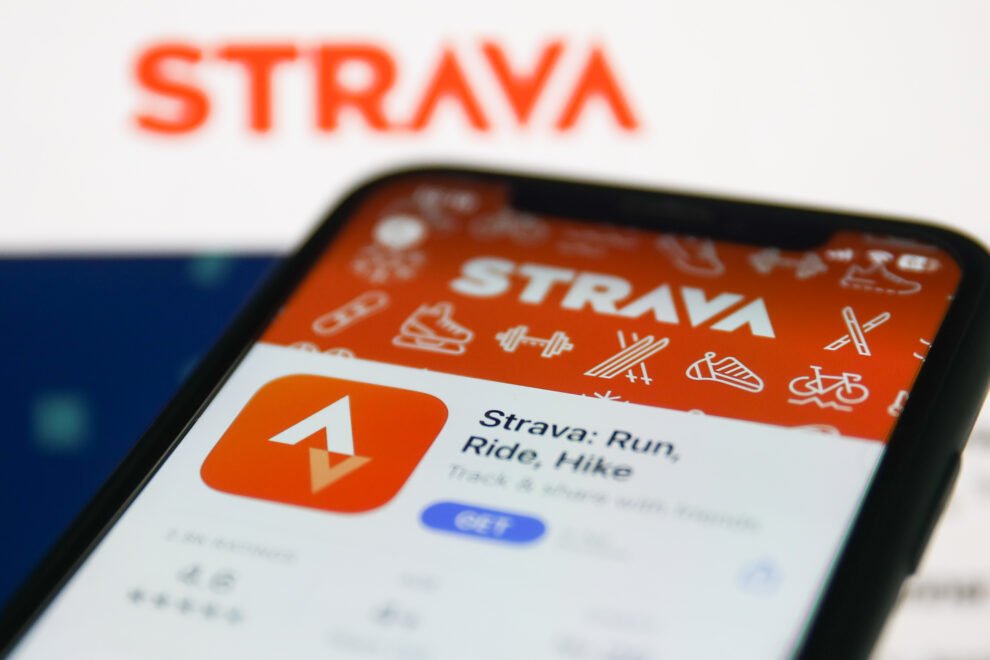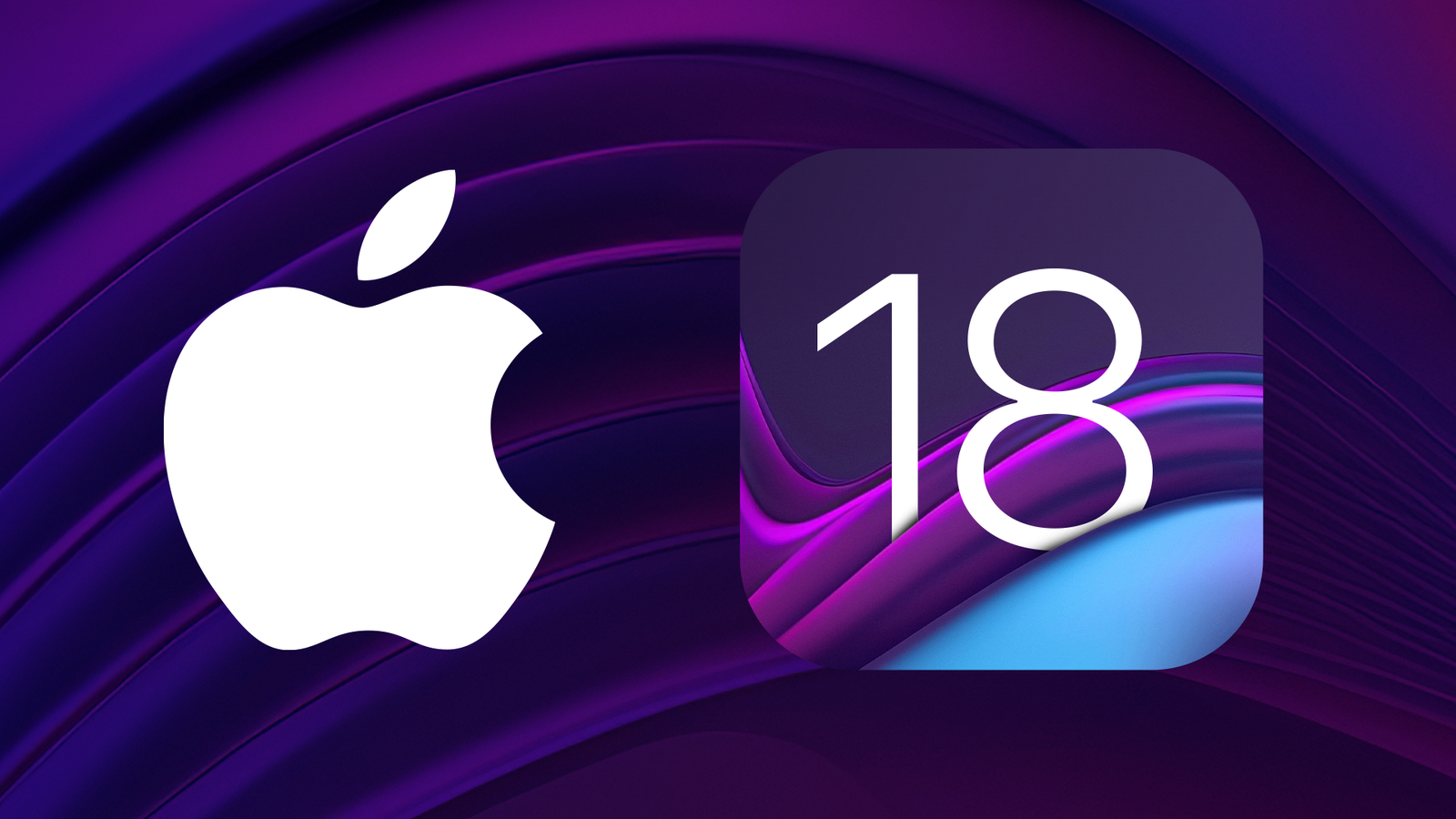Strava, the popular social network for athletes, recently announced it’s ending its API integration with third-party apps. This means that users will no longer be able to automatically share their workout data from Strava to other platforms like MyFitnessPal, TrainingPeaks, and Relive. The change, which went into effect on October 26, 2023, has sent ripples through the fitness community, leaving many users frustrated and scrambling for alternatives.
This decision by Strava marks a significant shift in how users manage and share their fitness data. But why did Strava make this move? And what does it mean for the millions of athletes who rely on the platform to track their progress and connect with others? In this article, we’ll delve into the reasons behind Strava’s decision, explore its potential impact on users, and discuss alternative solutions for those affected.
Why Did Strava Pull the Plug?
While Strava hasn’t explicitly stated the reasons for this change, several factors likely contributed to the decision.
- Protecting User Privacy: In an increasingly data-driven world, privacy concerns are paramount. Strava may be aiming to enhance user privacy by limiting the flow of personal data to third-party apps. This is particularly relevant given the sensitive nature of fitness data, which can reveal information about users’ location, health, and habits.
- Focusing on Core Features: Strava might be streamlining its operations to focus on its core functionalities, such as activity tracking, social interaction, and route planning. By discontinuing API integrations, they can dedicate more resources to improving these core features and enhancing the user experience within the Strava platform.
- Monetization Strategy: Some speculate that this move could be part of a broader monetization strategy. By limiting data sharing, Strava may be encouraging users to subscribe to its premium service, which offers more advanced features and analytics.
The Impact on Strava Users
This change has undoubtedly caused disruption for many Strava users who rely on data integration with other apps. Here are some of the key impacts:
- Loss of Functionality: Users who previously enjoyed seamless data transfer between Strava and other fitness platforms now face manual workarounds. This can be time-consuming and inconvenient, especially for those who use multiple apps to manage their training and nutrition.
- Limited Data Analysis: Integrating Strava data with other platforms often allows for more comprehensive analysis and insights. For example, users might combine Strava activity data with nutritional information from MyFitnessPal to get a holistic view of their health and performance. This kind of cross-platform analysis becomes more challenging without API integration.
- Disruption to Workflows: Many athletes and coaches have established workflows that rely on Strava’s data sharing capabilities. This change forces them to re-evaluate their processes and find alternative solutions, potentially disrupting their training routines.
My Personal Experience
As an avid runner and cyclist who has been using Strava for years, I was initially quite disappointed by this news. I relied on the API integration to automatically sync my Strava activities with TrainingPeaks, where I track my progress and plan my workouts. This change means I now have to manually export my data from Strava and upload it to TrainingPeaks, which is an extra step I could do without. However, I understand Strava’s need to prioritize user privacy and focus on its core features.
What Are the Alternatives?
Despite the inconvenience, there are still ways to share your Strava data with other platforms:
- Manual Export and Import: Strava allows users to export their data in various formats, such as GPX, TCX, and FIT files. These files can then be manually imported into other fitness apps.
- Strava Labs: Strava Labs offers a range of tools and features that extend Strava’s functionality. Some of these tools might provide workarounds for data sharing, although they may not be as seamless as the previous API integration.
- Alternative Apps: This might be a good time to explore alternative fitness tracking apps that offer better integration with your preferred platforms.
Looking Ahead
Strava’s decision to end API integration with third-party apps has certainly shaken things up in the fitness tech world. While it presents challenges for users who rely on data sharing, it also highlights the growing importance of data privacy and the need for platforms to adapt to evolving user expectations. It remains to be seen how this change will impact Strava’s long-term growth and user base. However, it’s clear that this move has sparked a conversation about the future of fitness data and how it’s managed and shared across different platforms.
In the meantime, users will need to adapt to this new reality and explore alternative solutions to maintain their desired level of data integration and analysis.



















Add Comment